Blue pottery feels like a deep breath—cool blues, delicate florals, and a calm that settles on the shelf and in the soul. At Madhues, it’s more than décor. It’s a living craft carried forward by makers who still trust their hands more than any mold.
What Is Blue Pottery?
Blue pottery is a low-temperature, glazed, non-clay ceramic traditionally associated with Jaipur. Unlike terracotta, it’s made from a mixture of quartz, powdered glass, multani mitti (Fuller’s earth), borax, natural gum and water. The hallmark is a luminous glaze with motifs painted in oxide blues and greens, sometimes accented with yellows or browns.
A Brief Journey Through Time
- Origins: Influences from Persian and Central Asian blue-and-white traditions.
- Arrival in India: Through trade and royal patronage, finding a home in Rajasthan.
- Jaipur’s Signature: Light forms, translucent glazes, and hand-painted floral rhythms that feel unmistakably Rajasthani.
How Blue Pottery Is Made (The Slow Way)
- Body prep – Artisans blend quartz, glass, multani mitti, borax, and natural gum into a dough-like body.
- Shaping – Forms are created by molding and hand-finishing (wheel-throwing is uncommon).
- Drying & smoothing – Pieces dry slowly and are refined by hand.
- Drawing & painting – Designs are sketched freehand, then painted using cobalt and copper oxides.
- Glazing – A clear glaze seals pigments and creates that glassy surface.
- Firing – Low-fired to keep colors vivid and finishes luminous.
Each step invites small, human variations—tiny brush tremors, a glaze pooling at the rim, a soft fade in a petal. That’s the charm.
Why We Love It (And You Might, Too)
- Light & luminous: Airier than many stonewares, with a clean, glassy sheen.
- Effortlessly versatile: Blues pair beautifully with wood, brass, linen, and modern monochromes.
- Quietly bold: Intricate patterns that ground a space without overwhelming it.
- A living story: Migration, adaptation, and makers who still work at human speed.
Styling Ideas for Your Space
- Entryway accent: A shallow blue platter on a wooden console with a key bowl and a small brass diya.
- Dining glow-up: Mix blue pottery quarter plates with plain white dinnerware.
- Plant pairing: A blue pottery planter with a trailing pothos for color contrast.
- Shelf therapy: Group 3–5 pieces in varied heights for depth and rhythm.
- Bath niche: A soap dish and trinket tray for a cool, spa-like note.
Care & Handling
- Hand-wash only with mild detergent and a soft sponge.
- Avoid temperature shocks (don’t pour boiling water directly).
- Use felt pads on delicate surfaces.
- For planters, use a liner to protect glaze and manage drainage.
Blue Pottery at Madhues
We work in small runs—often one-of-one—so each piece is genuinely unique: a lotus motif that arches a little differently, a vine that curls with a maker’s mood. Choosing a blue pottery piece from Madhues means:
- A single, unrepeatable design
- Hand-painted detail without stencils
- Fair, transparent sourcing from artisan studios we know by name
FAQ
Is blue pottery food-safe?
Glazed pieces from trusted makers are typically food-safe. On each Madhues product page, we indicate intended use (serveware vs. décor).
Microwave or dishwasher?
We don’t recommend it. The low-fire body and glassy glaze prefer hand-wash and room-temperature use.
Will my piece match the photos exactly?
Expect subtle and beautiful variation—that’s the nature of hand-painting and what makes your piece singular.
Final Word
Blue pottery is a study in restraint: cool tones, quiet lines, and a glow that deepens with time. Start with one piece, let it anchor a corner, and bring a little Jaipur light into your every day.

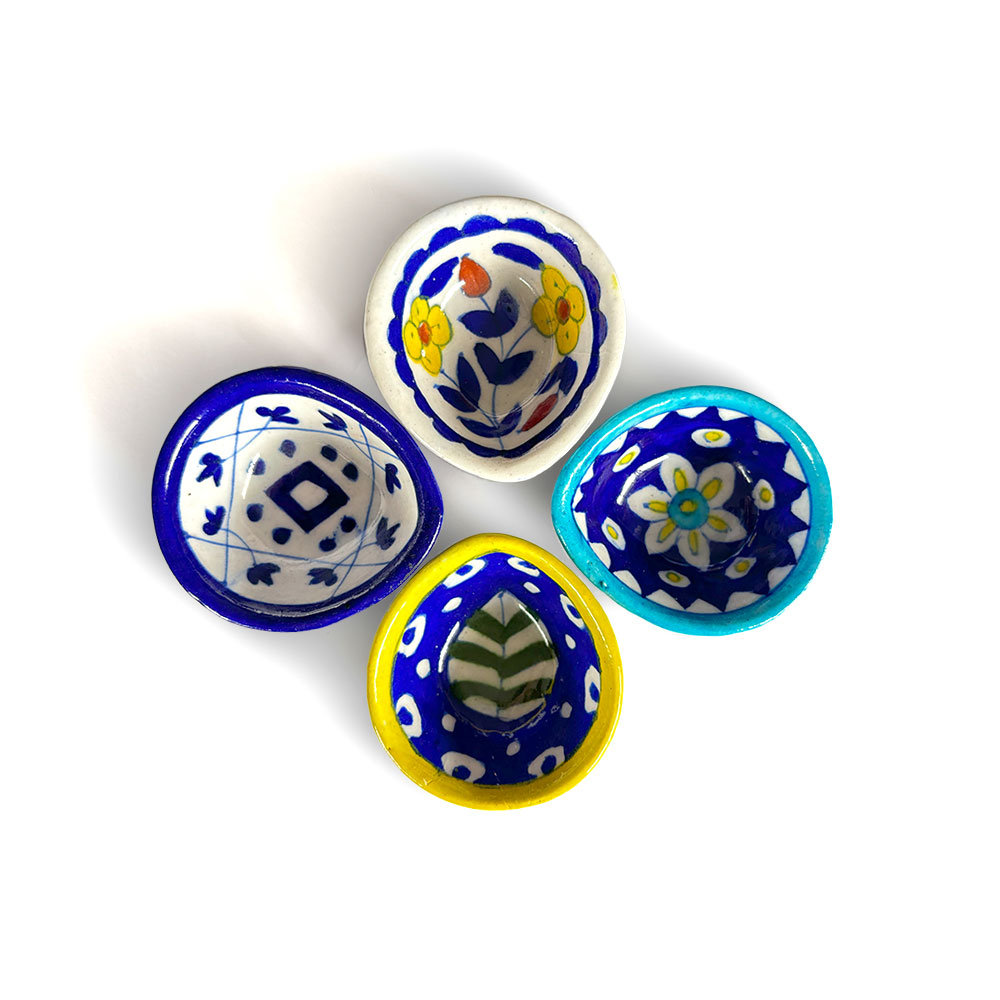
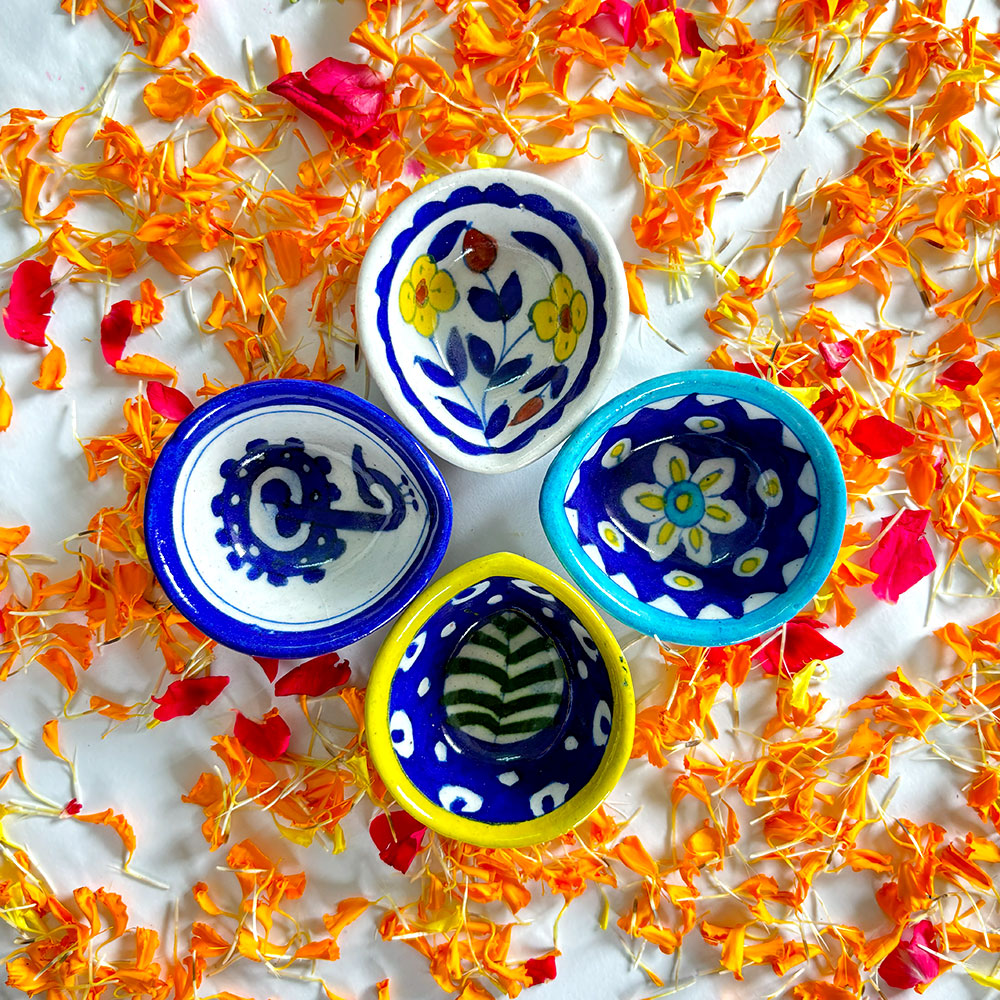
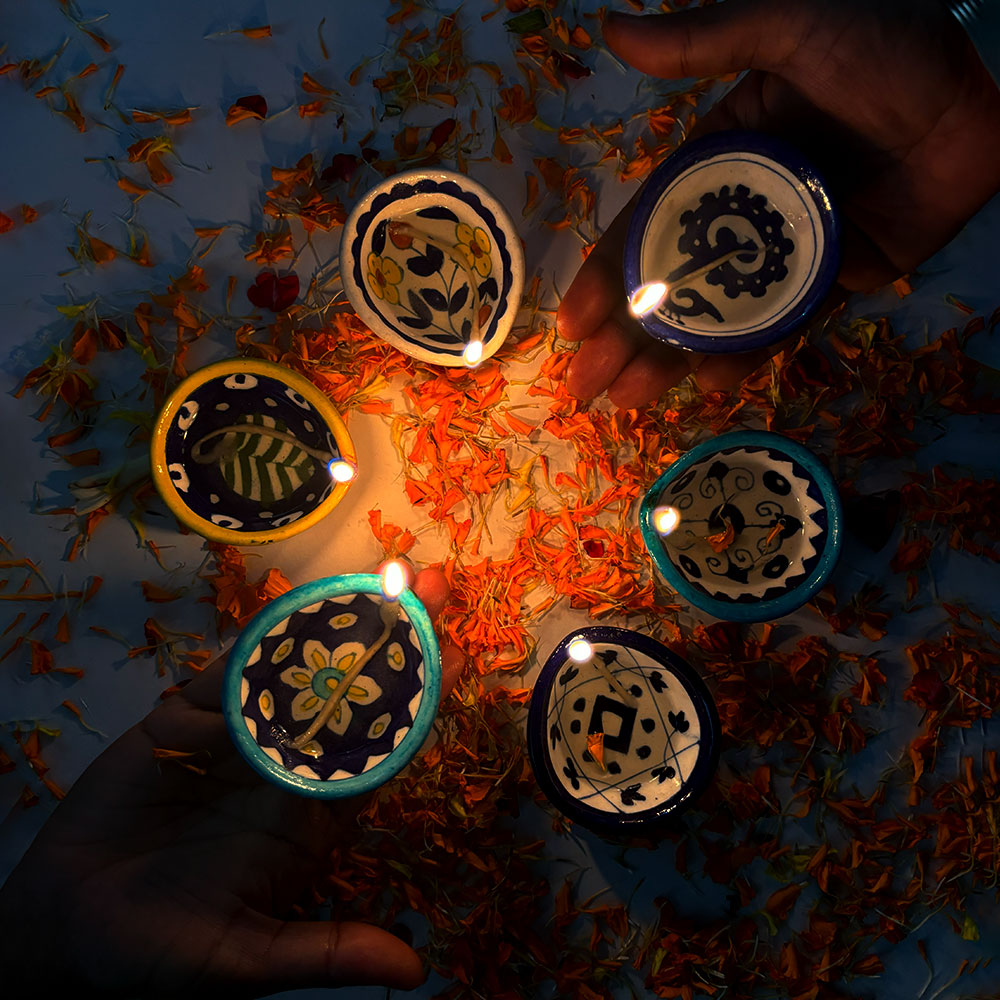
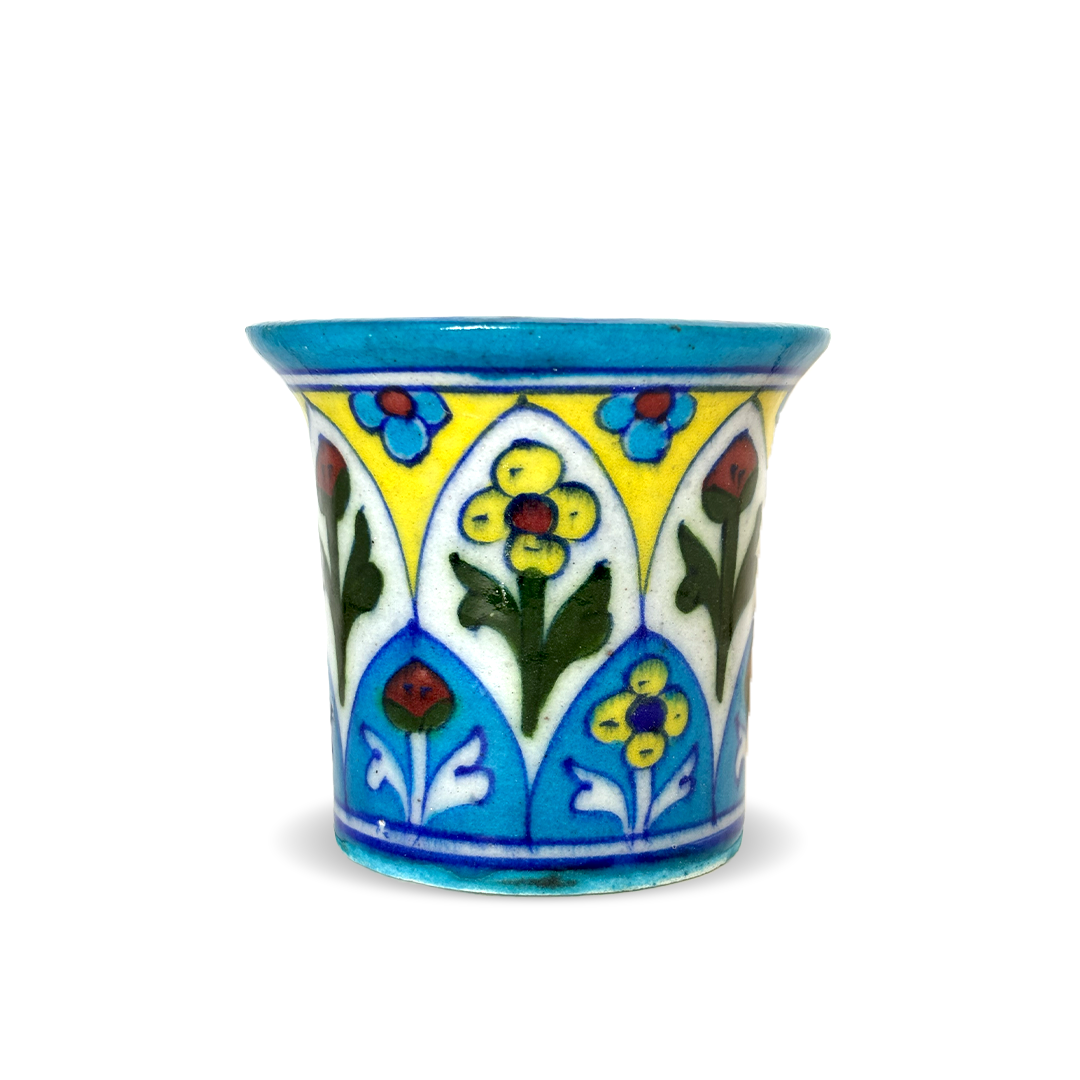
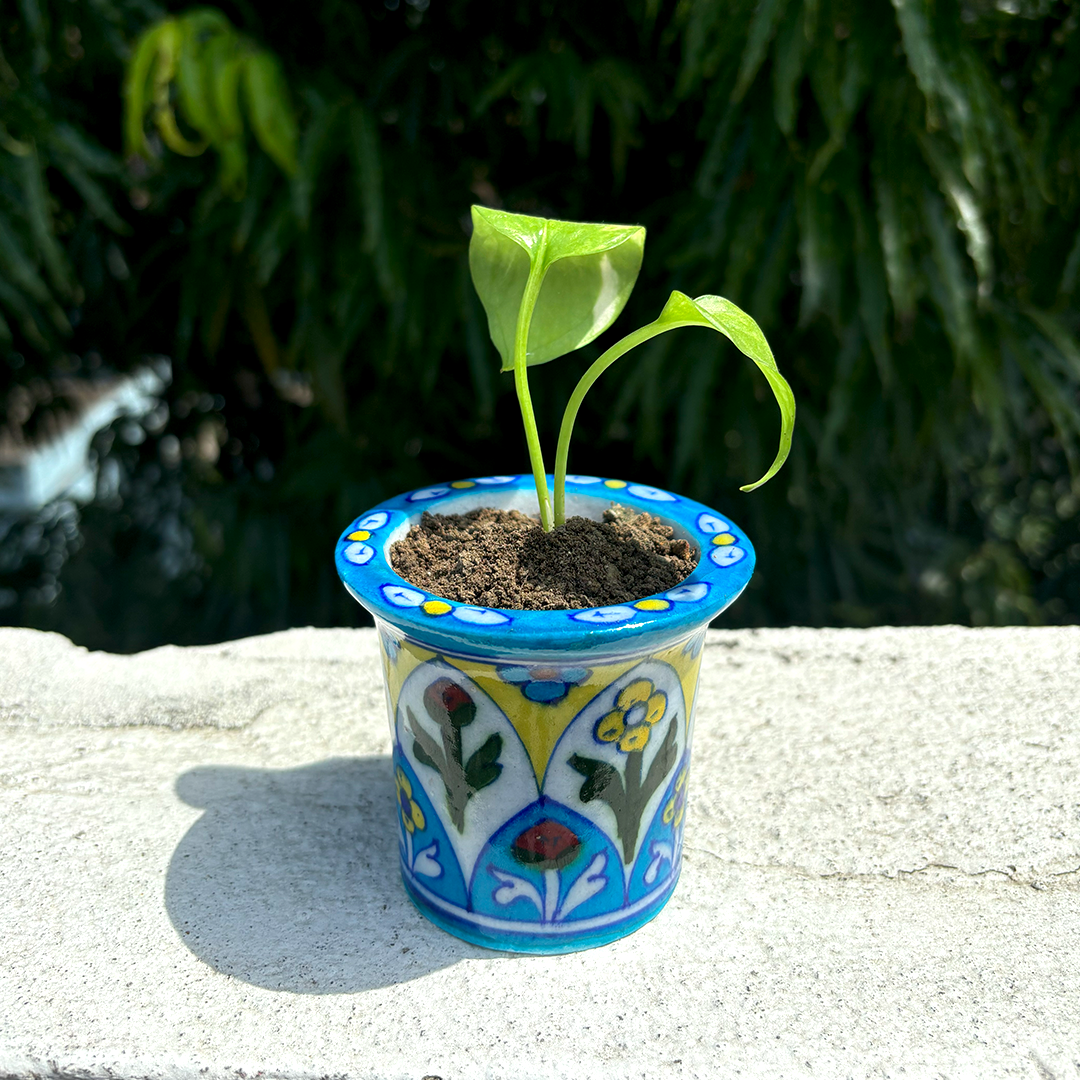
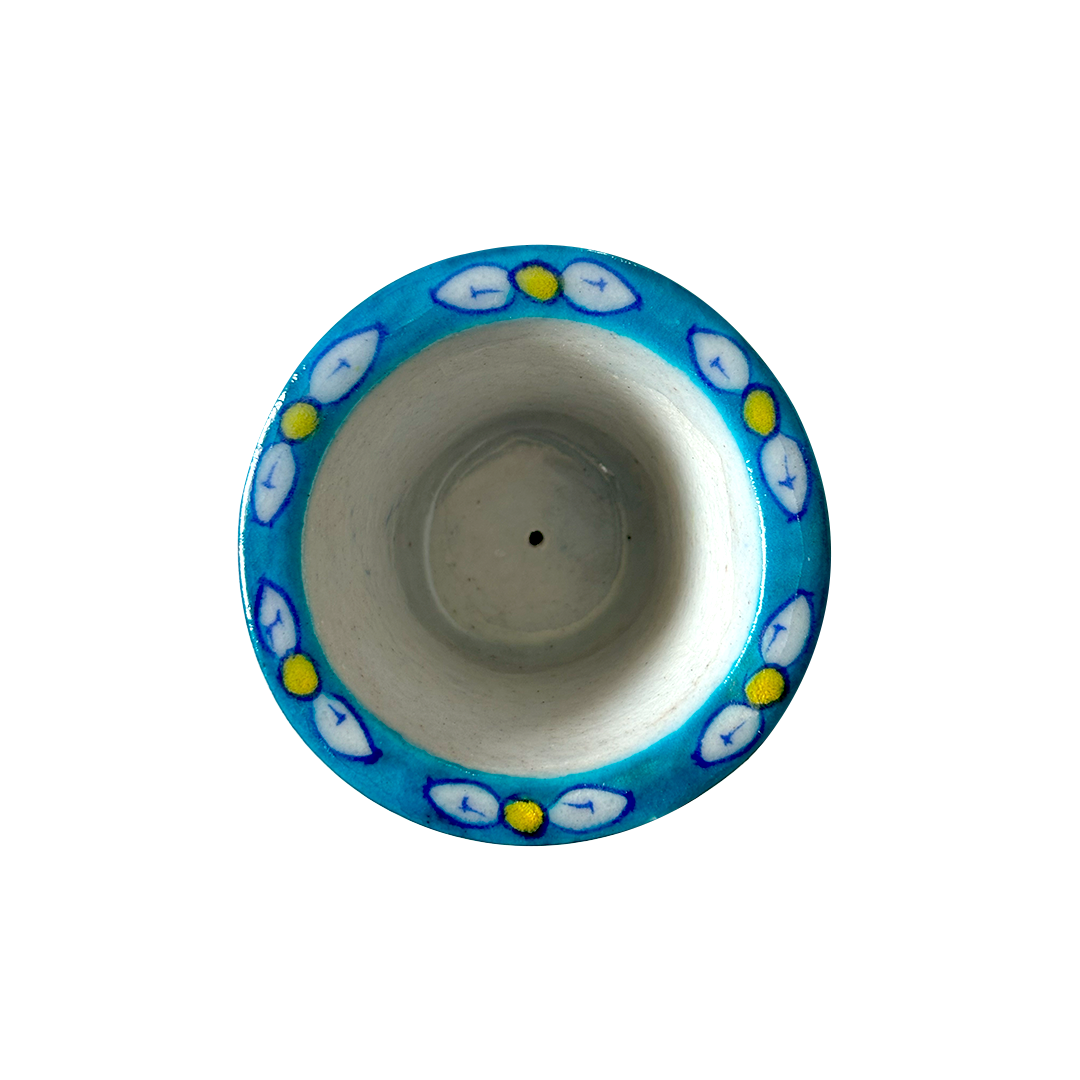
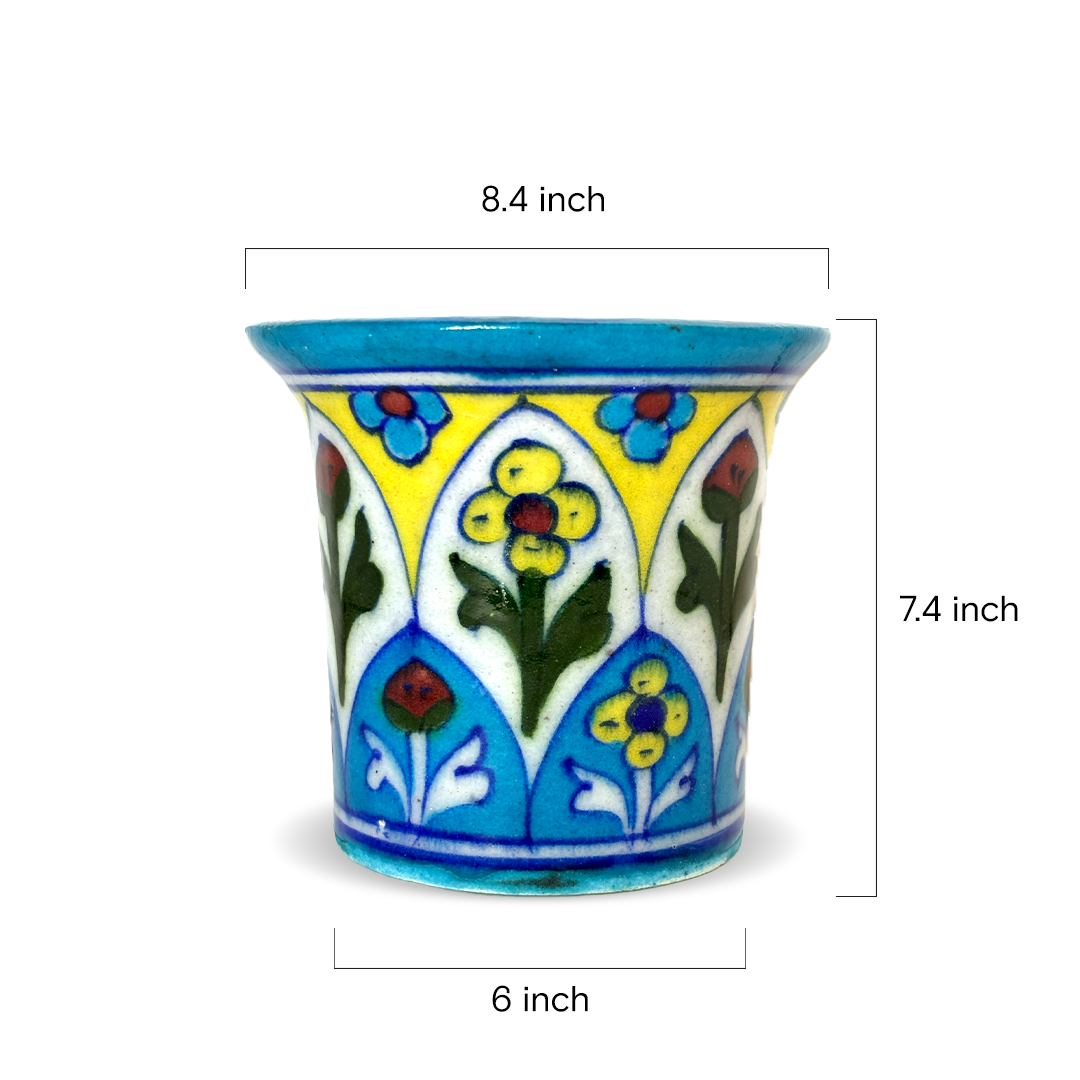
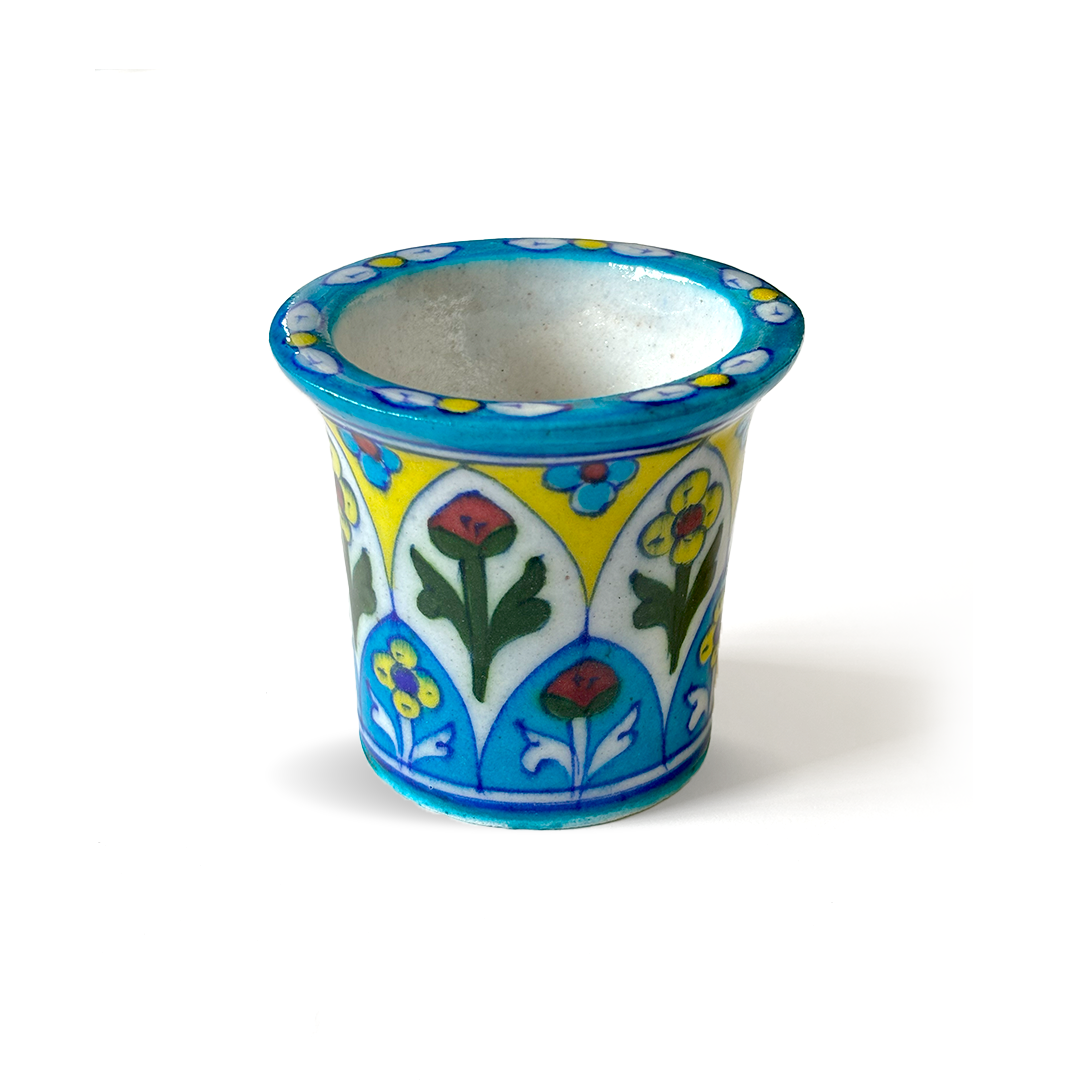
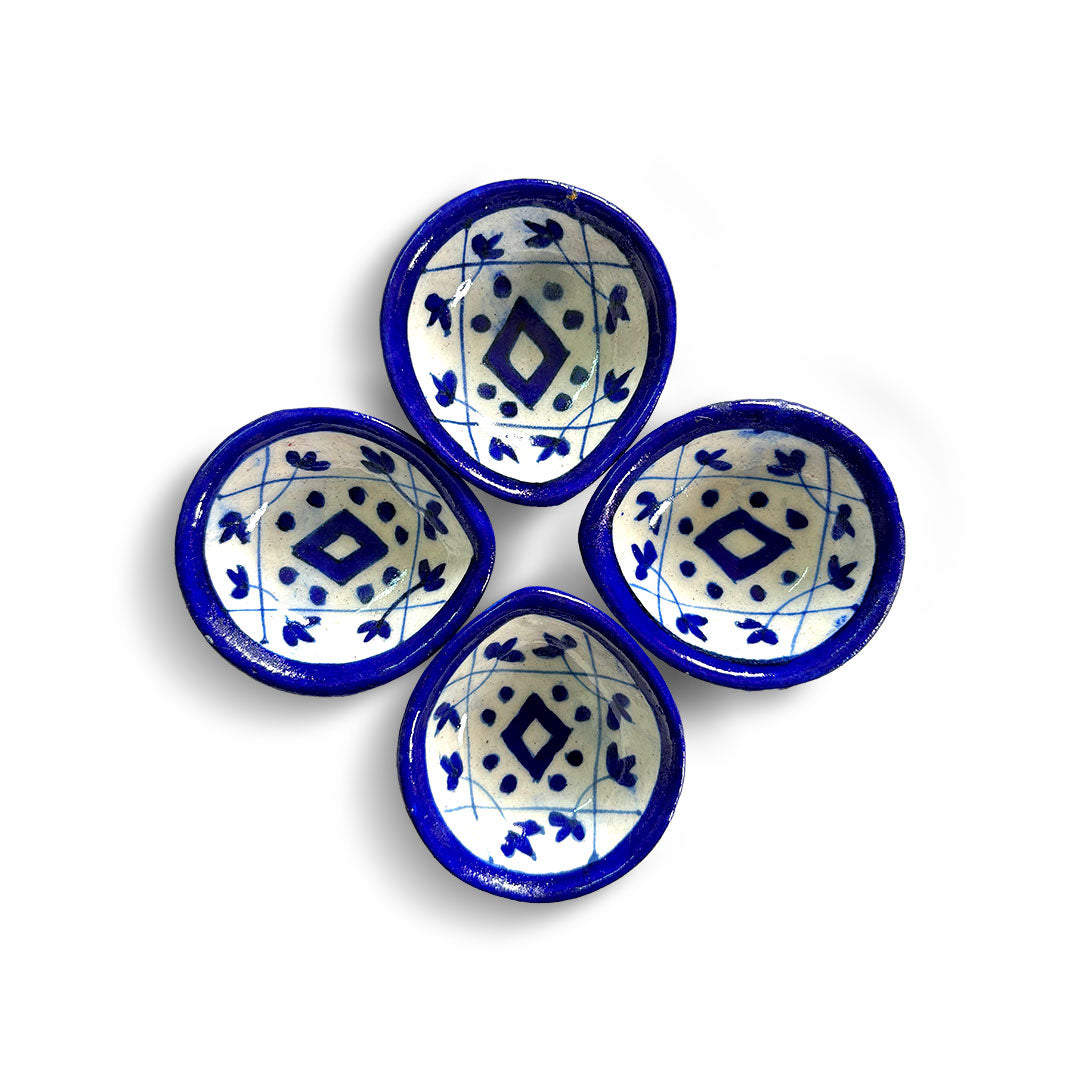
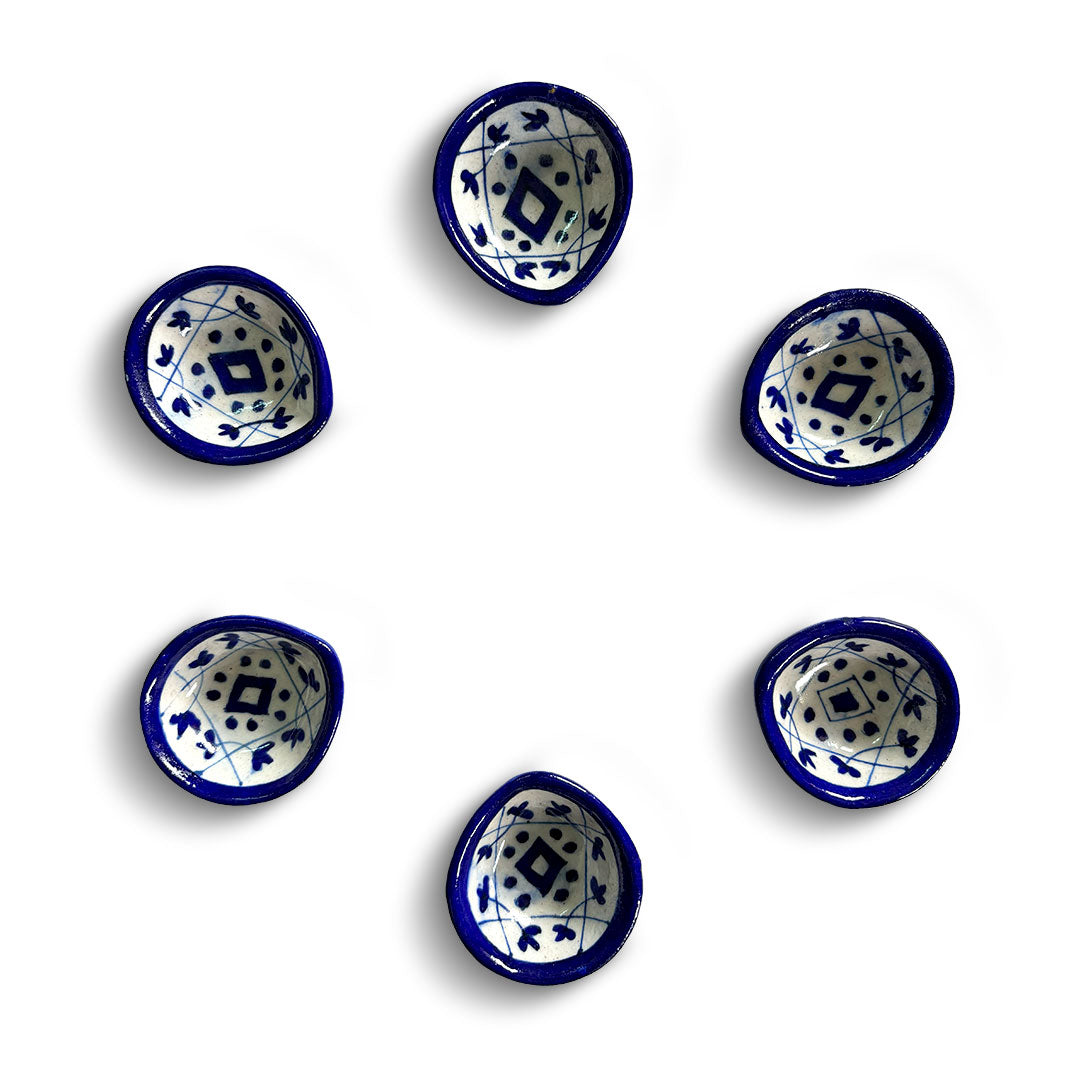
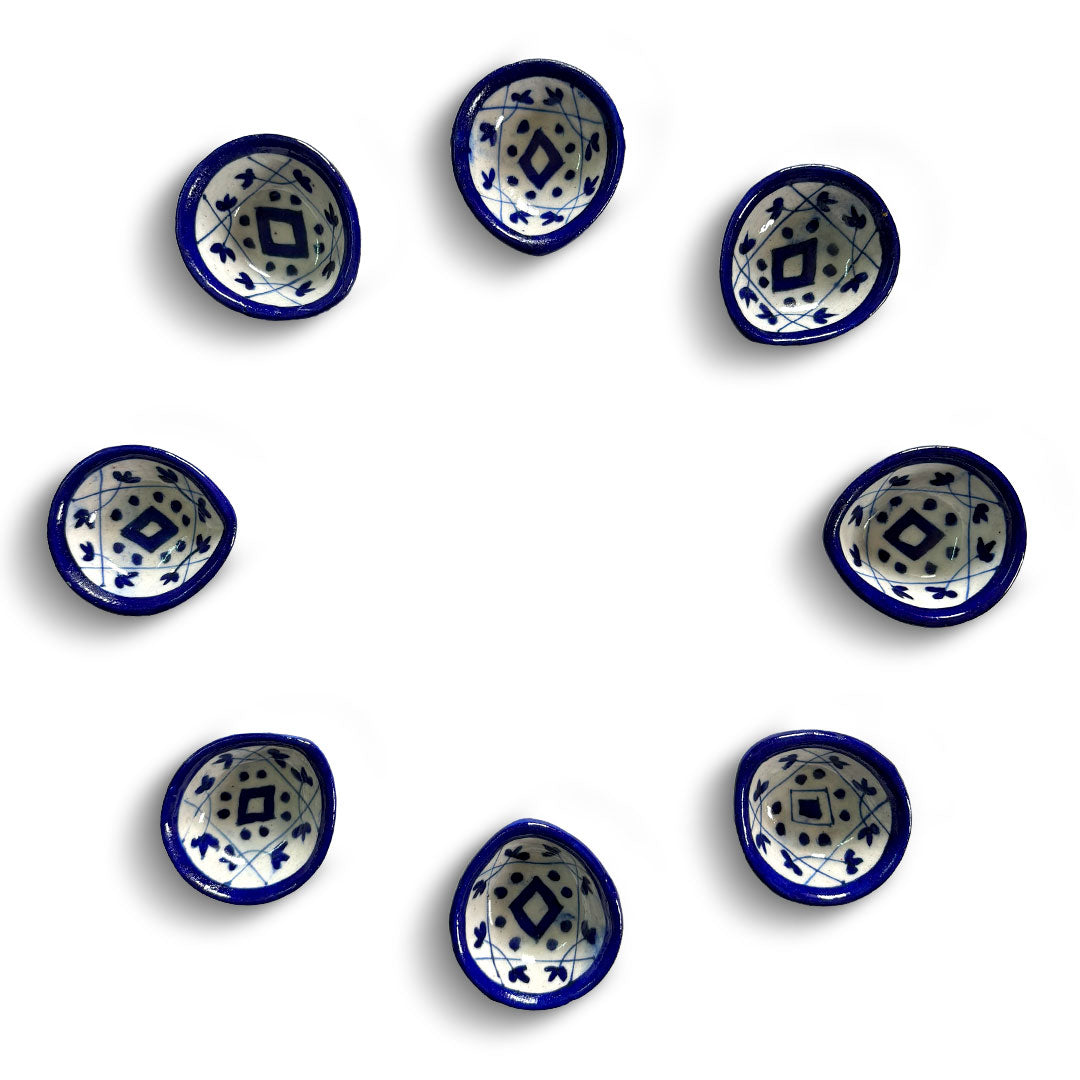
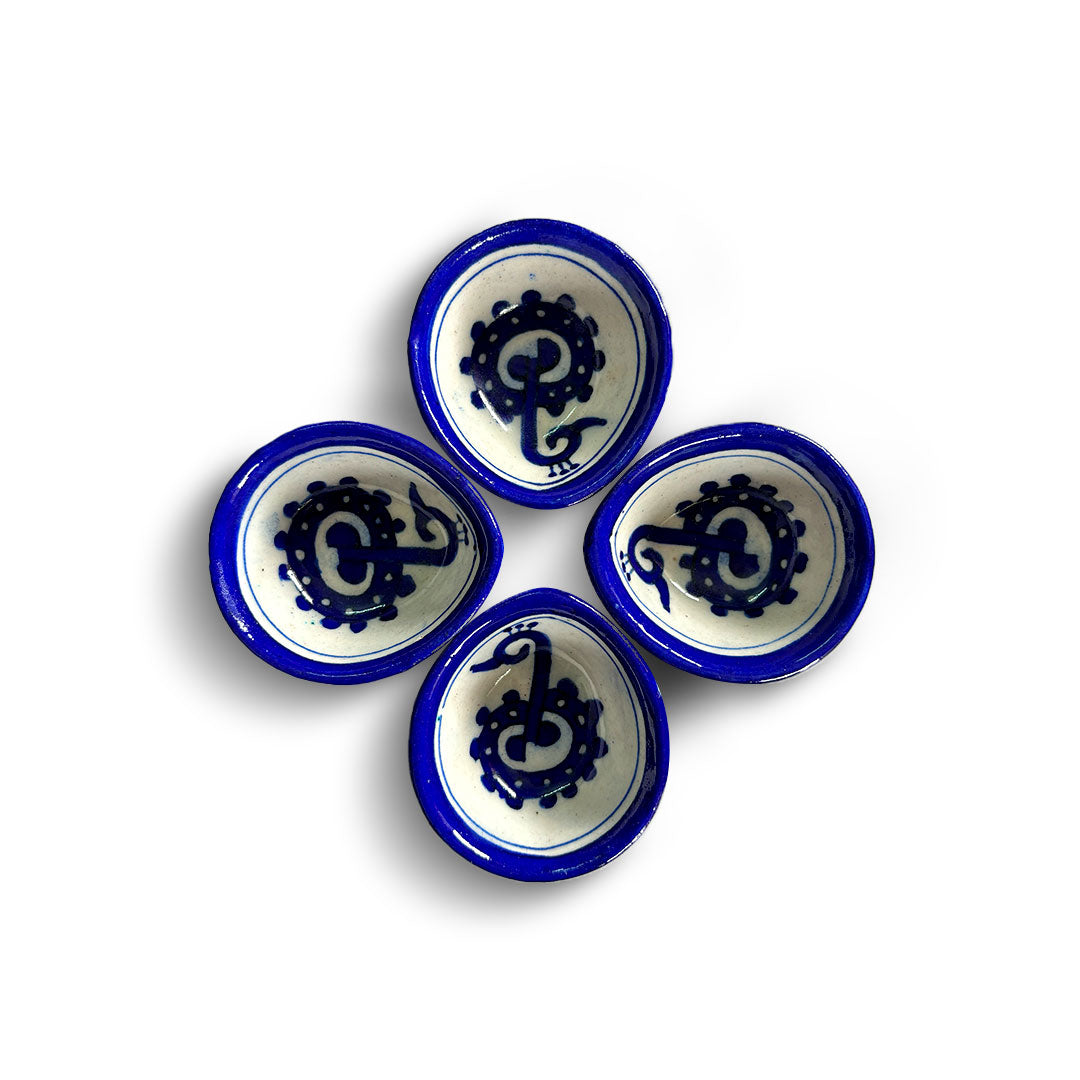
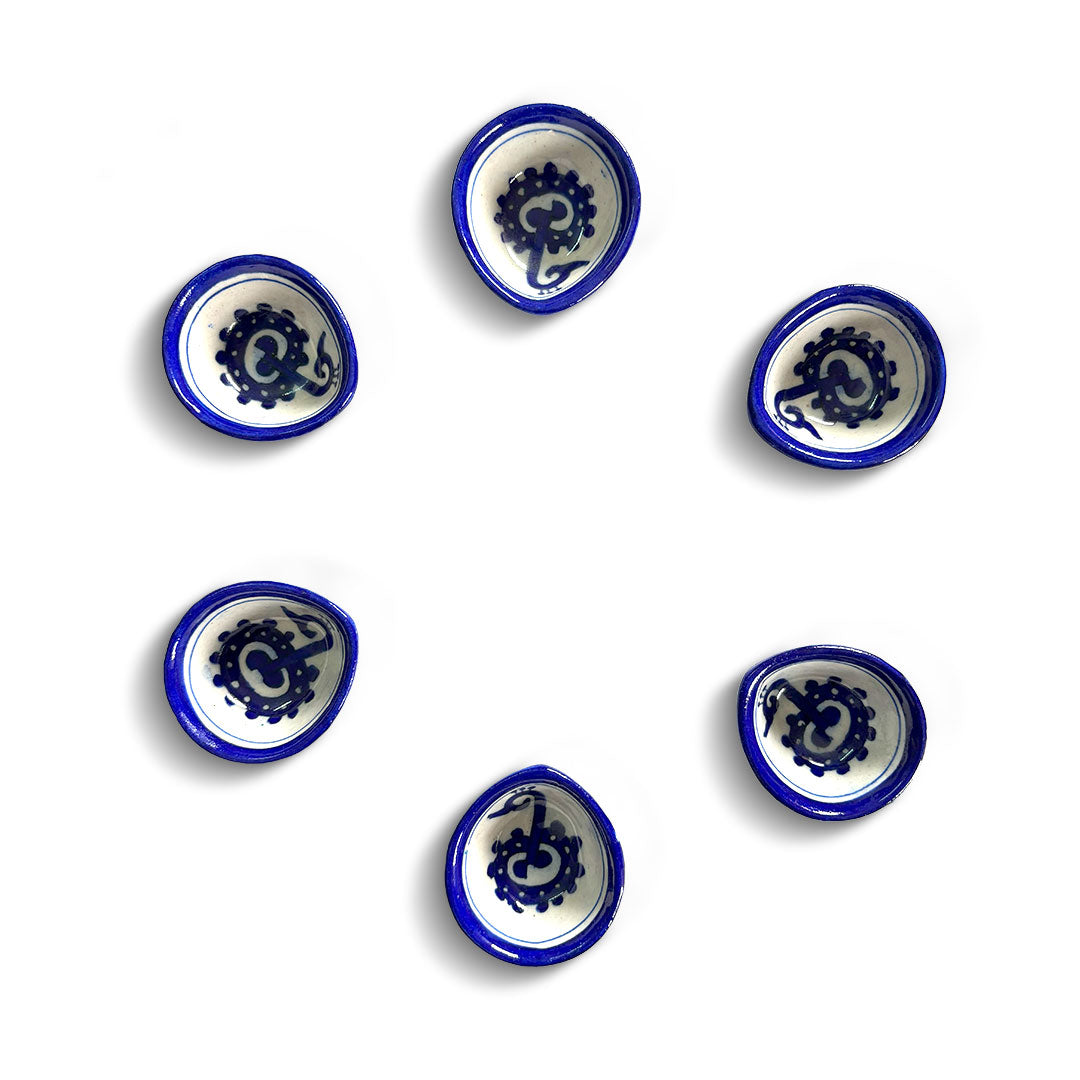
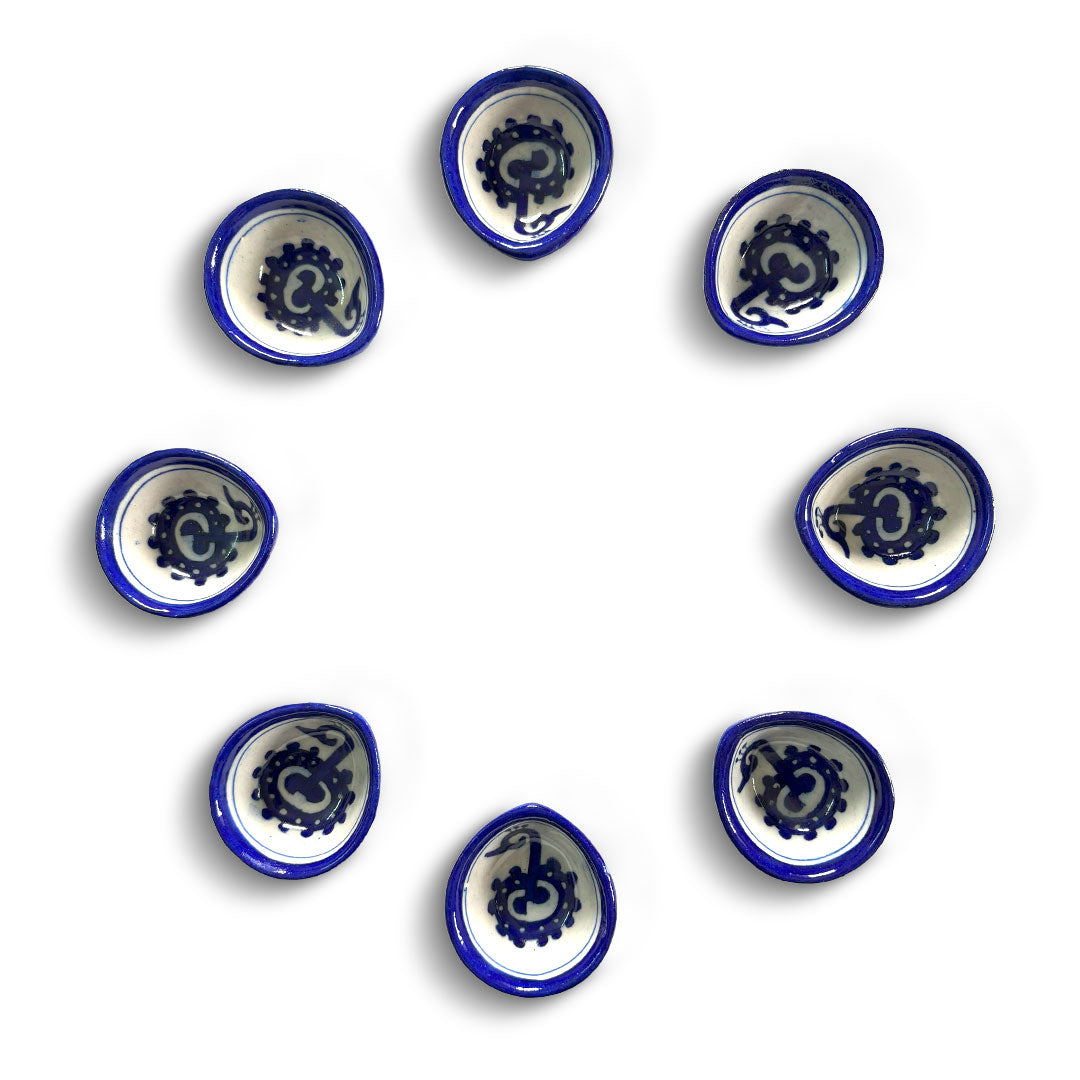
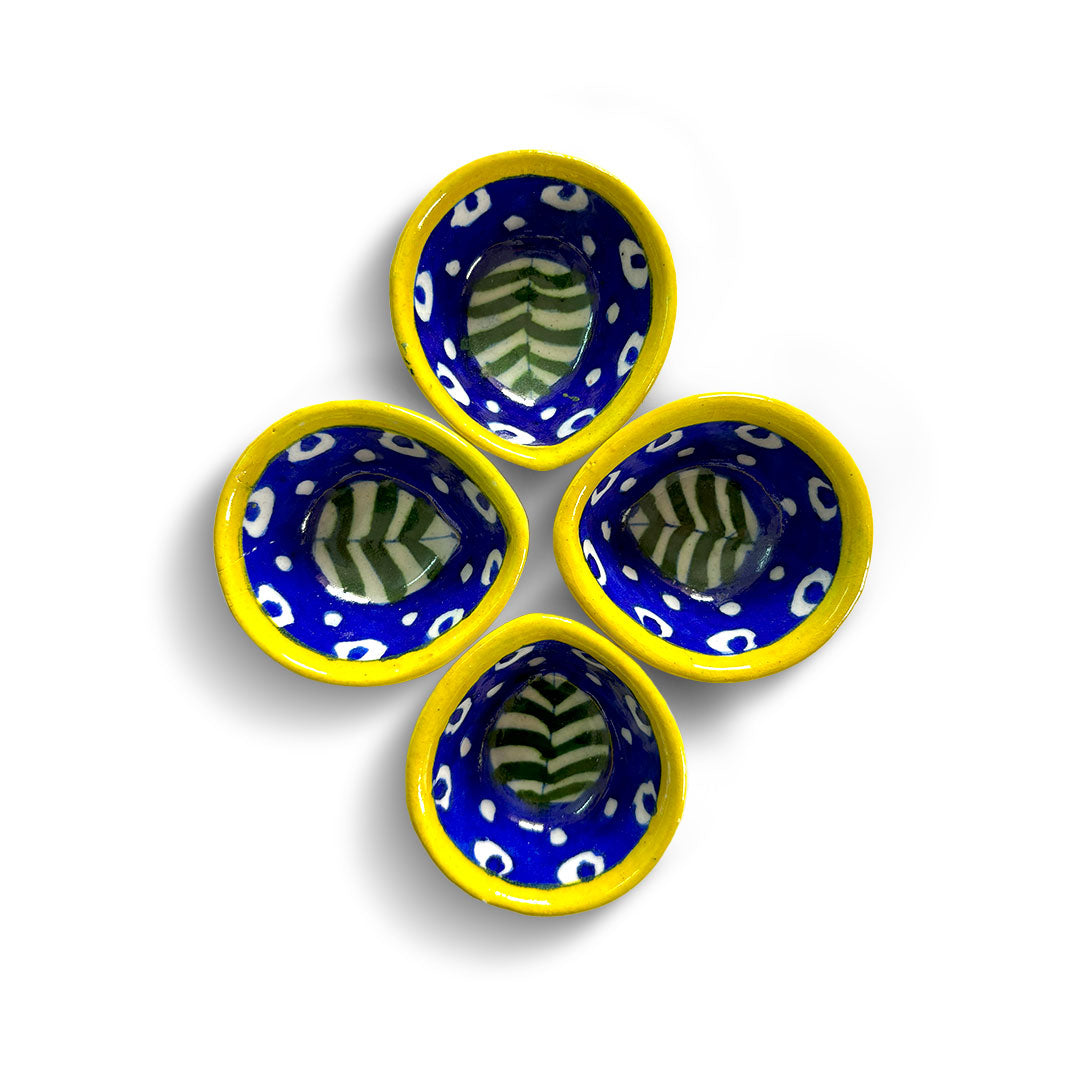
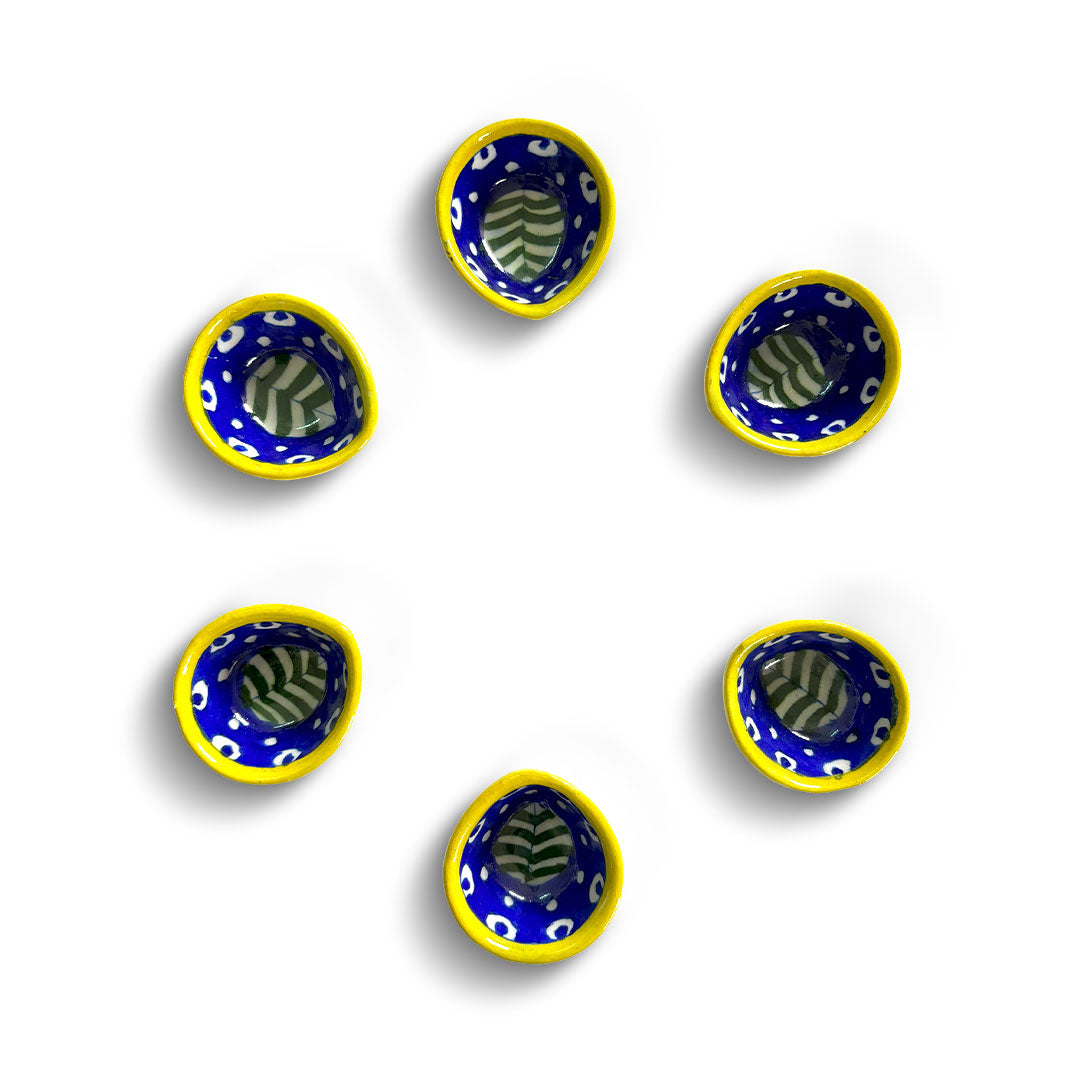
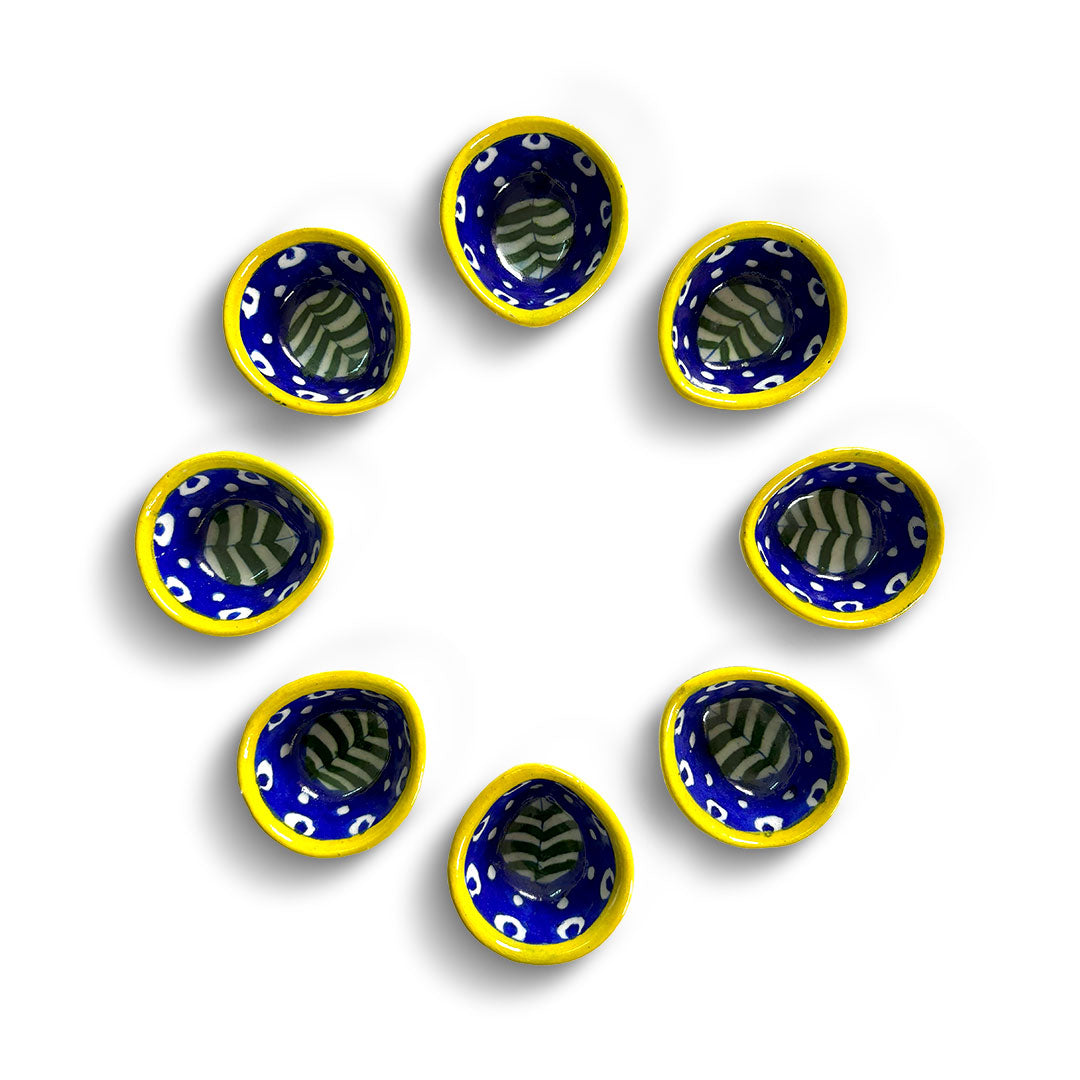
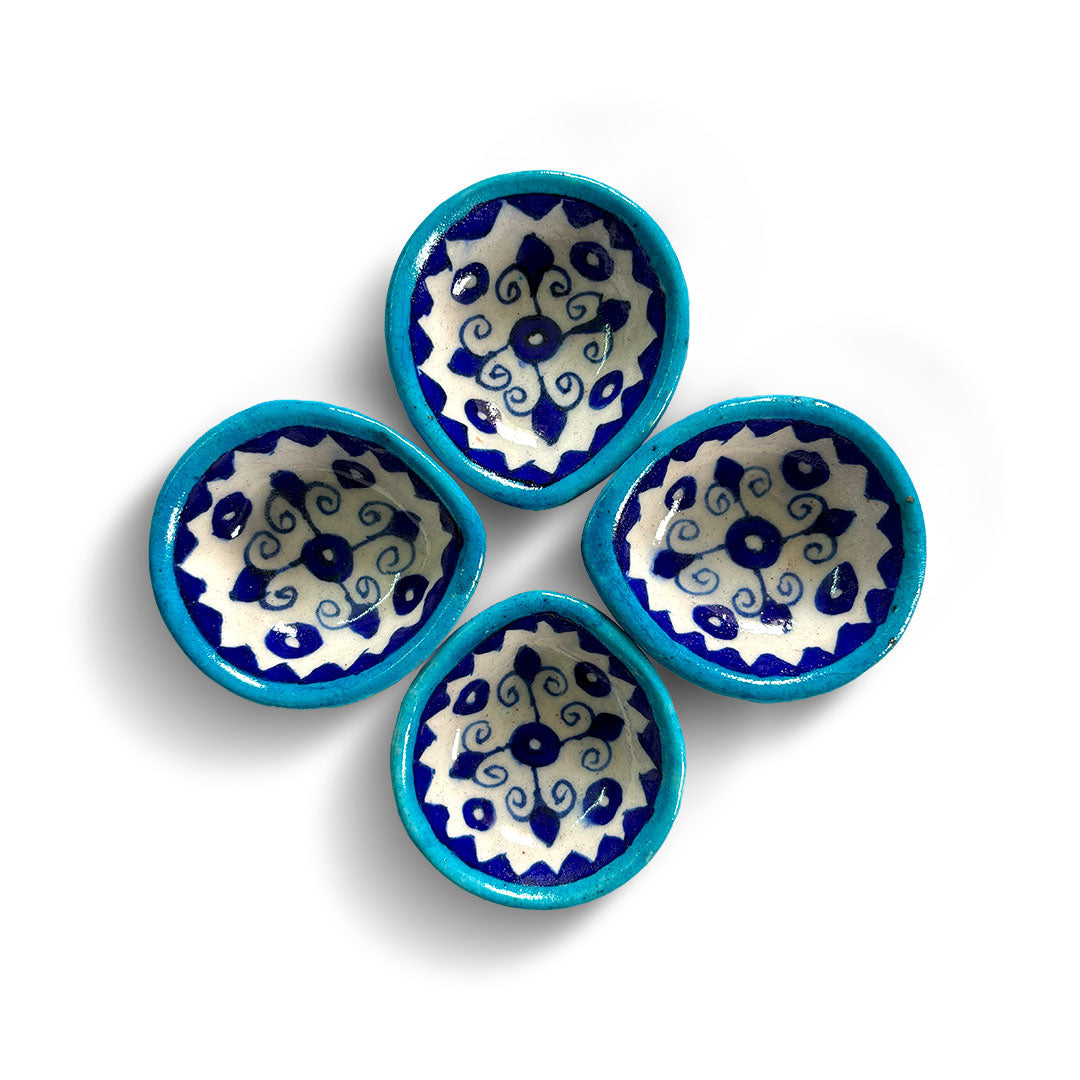
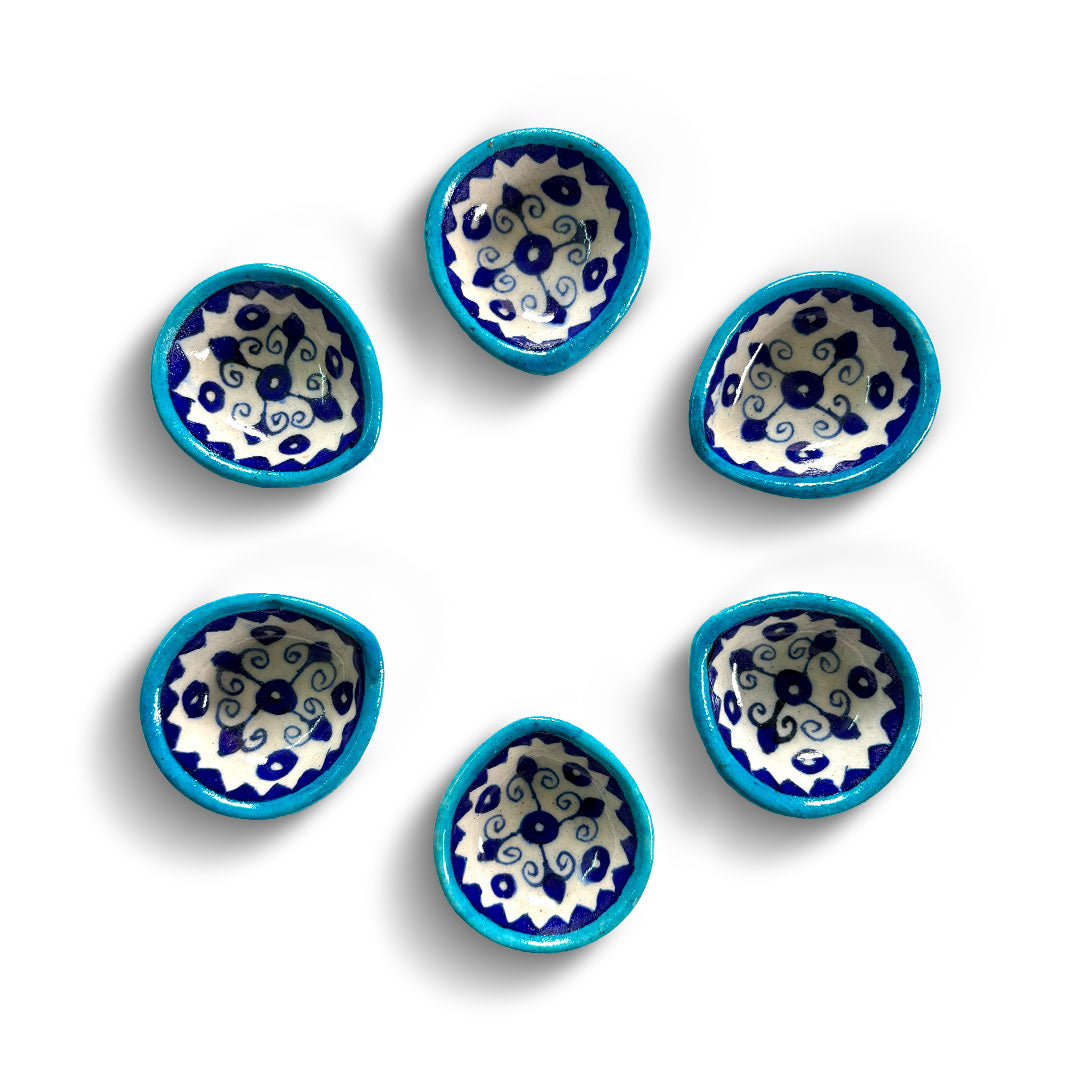
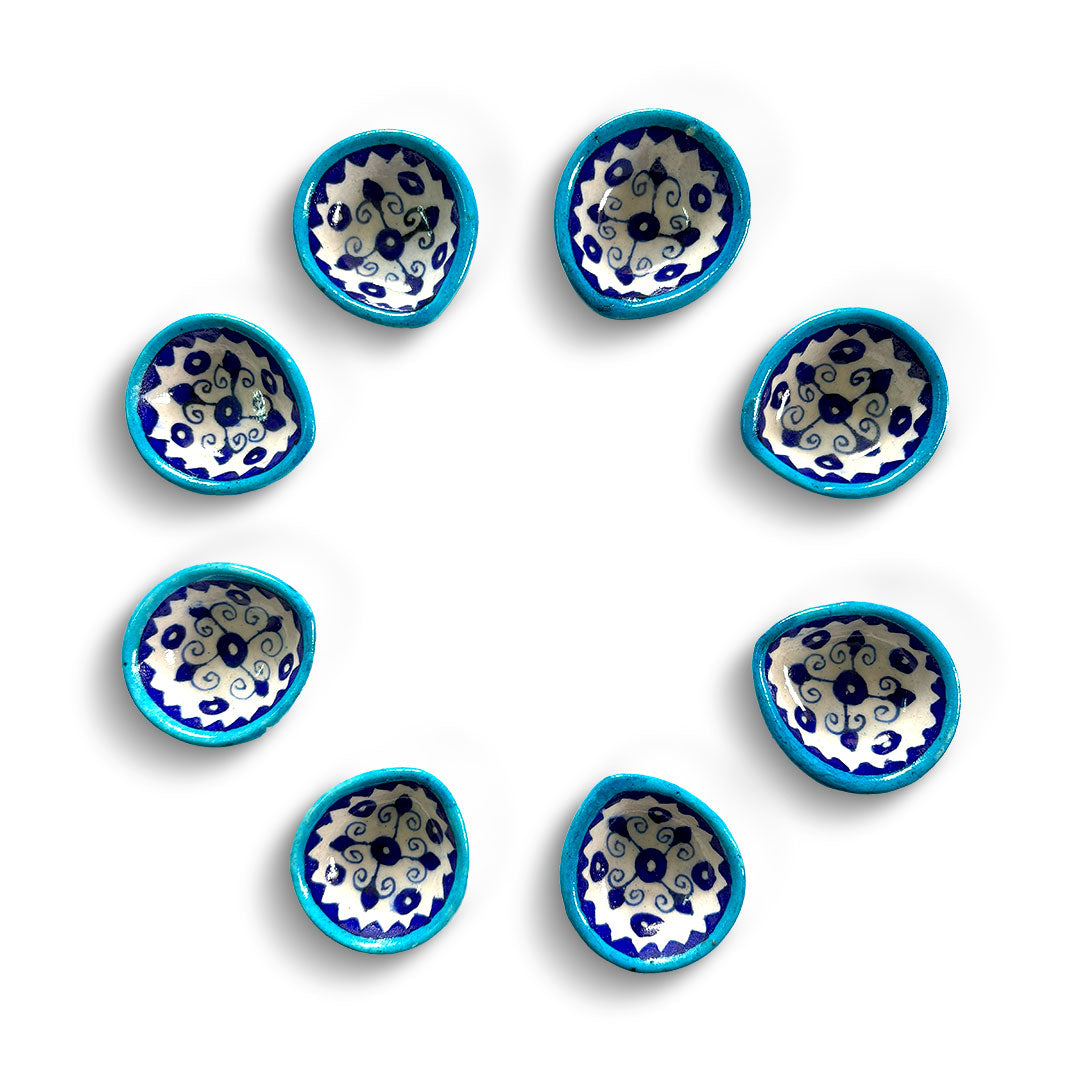


0 comments